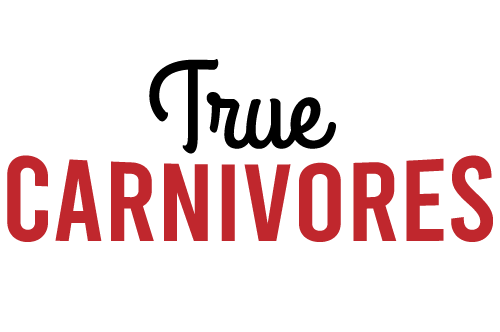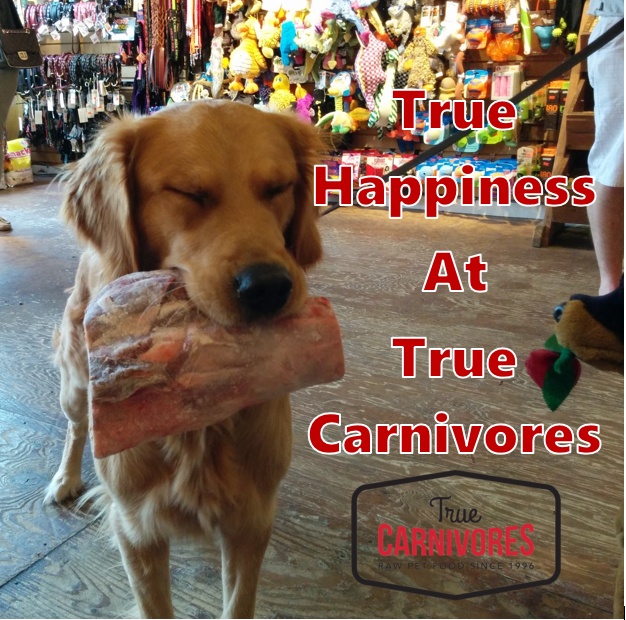If a dog’s prayers were answered, bones would rain from the sky -Turkish Proverb.
Giving raw bones to your dog is one of the best things you could give a dog for many reasons.
Benefits of Giving Raw Bones
- Raw bones clean teeth like no other chews in the world.
- Raw bones take forever to chew and when the meat is eaten off, the bone can last for weeks!
- Bones are rich with minerals such as Calcium and other minerals.
- Removes plaque naturally and helps to keep teeth strong.
- Chicken cartilage such as wing tips, feet, and carcasses are great for added glucosamine in your dog’s diet.
- Meaty bones can be used as a meal substitute.
- Chew therapy for puppies or dogs with anxieties.
Types of Bones
“Toothbrush Bones”: Bones such as knuckles (the knee bones) are best for cleaning teeth because of their shape and the meat on them acts like floss!
“Recreational Bones”: These bones are knuckles or femurs that due to their shape and composition, provide hours of chewing action.
“Meal Replacement Bones”: Bones such as Elk necks, Lamb necks, and Beef meaty femurs have tons of meat so you can use it as a meal!
What to Watch Out For
- Aggressive chewers should be given softer bones in case they over chew and grind their teeth down. Soft bones include knuckles, Chicken bones, Turkey necks, Rib bones, and other smaller animal bones.
- Choose the right size bone for your dog: If you are not sure which size of bone to get for your dog, choose the larger size to be safe. A bone that is the size of your dog’s head is a good start and head to smaller sizes from there.
- First time bone chewers such as puppies should be taught how to eat a bone. Choose a stick shaped bone such as a Lamb femur, Turkey neck, or Beef ribs. Hold on to one end and let your dog chew on the other and pull away if it seems like your dog will try to swallow the whole thing! Through this process, much like a mother wolf might, you teach your dog how to patiently enjoy a bone.
- Given enough time, your dog will eat the whole bone! If your dog eats too much bone however, their stools may come out chalky and hard. If you suspect they ate too much, you can add more organ meats, veggies, or pumpkin will do the trick to loosen things up. Too avoid eating too much bone, you can give it to them in several sittings so that they don’t eat the whole thing at once.
- Never give your dog cooked bones!
Why Not Cooked or Smoked Bones?
- Nutritional benefits have often been lost due to the cooking process under heat.
- Smoked bones often have additives such as artificial smoke flavour and preservatives.
- Cooked bones become harder and brittle, increasing the likelihood of breaking in to sharp pieces that can harm your dog
- Cooked bones are harder to digest for dogs and cats
** The suggestions given in this blog are based on the experience and knowledge of True Carnivores staff. Any of the information given does not replace the advice of a holistic veterinarian.**



